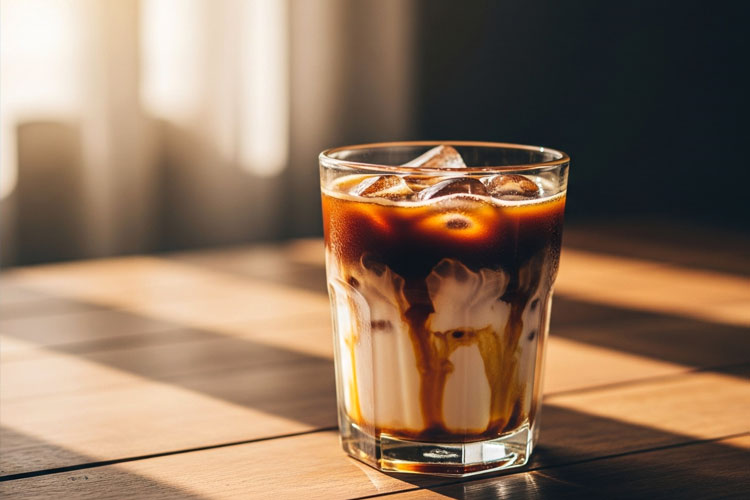TIMES AUSTRALIA, JAKARTA – A protruding abdomen commonly dubbed a beer belly has long been the subject of jokes and stereotypes. But behind the humor lies a serious health concern. A beer belly is not just about aesthetics, it is a sign of visceral fat accumulation, a dangerous type of fat that wraps around vital organs and increases the risk of chronic diseases.
What Is a Beer Belly, Really?
Despite its name, a beer belly isn’t caused solely by beer. It results from an imbalance in calorie intake and expenditure, often exacerbated by poor dietary habits and sedentary lifestyles.
Alcohol, including beer, plays a role because it is high in empty calories and tends to increase appetite. However, sugary drinks, processed foods, and a lack of physical activity are equally responsible.
"Visceral fat is more metabolically active than subcutaneous fat, and it's strongly associated with conditions like type 2 diabetes, cardiovascular disease, and certain cancers," explains Dr. Rachel Monroe, a registered dietitian and metabolic health specialist at the University of California, Los Angeles (UCLA).
She also said at UCLA Health that the term ‘beer belly’ trivializes what is actually a serious marker of metabolic dysfunction.
Why Beer Is Blamed
Beer is often blamed due to its high calorie content and the way it is consumed often in social settings with calorie-dense snacks and prolonged sitting. One pint of beer can contain around 150 to 200 calories.
Consumed regularly, these calories add up quickly, especially when paired with chips, fried foods, or processed meats.
Moreover, alcohol can interfere with fat metabolism. When alcohol is consumed, the body prioritizes breaking it down over other nutrients, slowing fat-burning processes. Over time, this shift contributes to fat accumulation in the abdominal area.
How to Get Rid of a Beer Belly
Fortunately, losing a beer belly is possible with sustained lifestyle changes. The key lies in reducing visceral fat through a combination of diet, exercise, and behavior modification.
1. Dietary Adjustments
Focus on whole foods—lean proteins, fruits, vegetables, whole grains, and healthy fats. Cut down on refined carbohydrates, sugary drinks, and ultra-processed foods.
2. Moderate Alcohol Consumption
Limiting alcohol intake or cutting it out entirely can significantly reduce calorie consumption and improve metabolic health.
3. Exercise
Cardiovascular exercises like brisk walking, cycling, or swimming, combined with strength training, are effective in reducing visceral fat. Aim for at least 150 minutes of moderate-intensity activity each week.
4. Sleep and Stress Management
Lack of sleep and chronic stress can increase cortisol levels, which are linked to fat retention in the abdomen.
“The body responds to long-term patterns, not quick fixes. You can’t spot-reduce fat, but consistent changes in diet and activity will reduce visceral fat and shrink the beer belly," Dr. Monroe added.
A beer belly is more than just a cosmetic concern, it is a sign of deeper health risks. Understanding its root causes and making informed lifestyle changes can not only flatten the belly but also significantly improve long-term health outcomes.
As public awareness grows, it’s time to replace humor with action and recognize the beer belly for what it truly is: a wake-up call. (*)
Artikel ini sebelumnya sudah tayang di TIMES Indonesia dengan judul: Unpacking the Beer Belly: What It Really Is and How to Get Rid of It
| Writer | : Khodijah Siti |
| Editor | : Khodijah Siti |

























